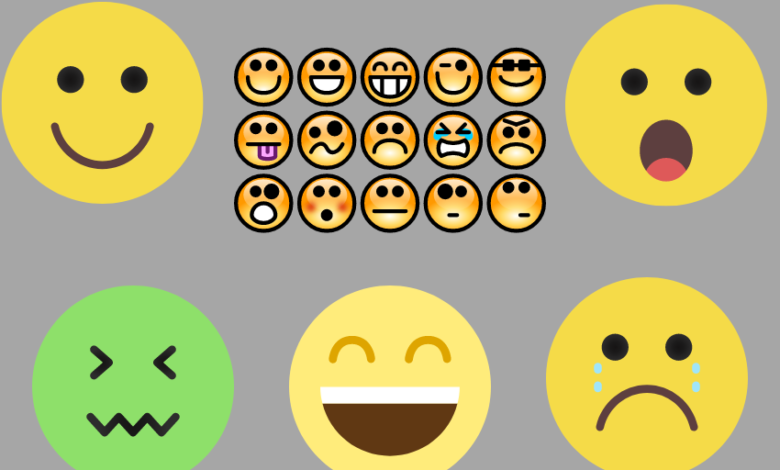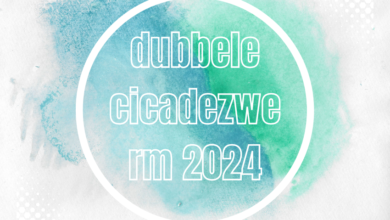How was your day feelings check outclipart

Ever wondered how a simple “how was your day feelings check outclipart ?” can lead to meaningful conversations and deeper connections? In today’s fast-paced world, understanding and expressing feelings has never been more crucial. But what if you could make this process a bit more engaging and visually stimulating? Enter the world of clipart—a fun and effective tool for checking in on emotions. Let’s dive into how you can use clipart to enhance your emotional check-ins and make them more effective.
Why Feelings Check-Ins Matter
The Importance of Emotional Awareness
Understanding and expressing our feelings is key to maintaining emotional health. When we take a moment to reflect on how we’re feeling, it helps us stay connected to our inner selves and to others around us. Regular feelings check-ins can lead to better mental health, improved relationships, and a greater sense of well-being.
Benefits of Regularly Checking In on Feelings
Regular emotional check-ins provide numerous benefits:
- Increased Self-Awareness: Helps you recognize and address your emotions before they become overwhelming.
- Enhanced Communication: Fosters clearer and more empathetic interactions with others.
- Stronger Relationships: Builds trust and understanding by sharing your emotional state.
Emotional Check-Ins in Personal Relationships
In personal relationships, feelings check-ins can prevent misunderstandings and strengthen bonds. By regularly checking in with loved ones, you show that you care about their well-being and value open communication.
Understanding Feelings
Common Emotions and Their Impacts
Feelings are diverse and can range from joy and excitement to sadness and frustration. Each emotion impacts our daily lives differently:
- Happiness can boost your energy and improve interactions.
- Sadness may lead to introspection and a need for support.
- Frustration often requires problem-solving and communication.
How Feelings Influence Daily Life and Interactions
Our emotions affect how we perceive situations and interact with others. For instance, feeling stressed might make you more irritable, while being content can make you more approachable and positive.
Clipart as a Tool for Emotional Expression
What is Clipart?
Clipart consists of pre-made images used to illustrate or complement text. They are simple, often colorful, and can convey emotions and ideas visually.
How Clipart Can Enhance Emotional Communication
Clipart can make expressing feelings more engaging and less intimidating. Instead of just saying “I’m feeling stressed,” you might use a clipart image of a stressed face. This visual representation can make your emotional state clearer and more relatable.
Examples of Emotional Clipart
- Smiley Faces: For happiness or contentment.
- Frowning Faces: For sadness or disappointment.
- Angry Faces: For frustration or anger.
How to Use Clipart for Feelings Check-ins
Choosing the Right Clipart for Different Emotions
Selecting the appropriate clipart involves matching the image with the emotion you want to express. For instance, a heart icon can signify love or appreciation, while a cloud with rain might represent sadness.
Incorporating Clipart into Daily Communication
Use clipart in messages, journals, or even in face-to-face interactions to make your feelings more visible. For example, you can add a clipart image to a text message to indicate your mood or use it in a personal diary to reflect on your day.
Creative Ways to Use Clipart for Emotional Check-ins
- Daily Mood Charts: Create a chart using clipart to track your emotions over time.
- Interactive Journals: Incorporate clipart in digital or physical journals to make reflecting on your feelings more fun.
- Social Media Updates: Share your mood with followers through clipart images.
Implementing Feelings Check-ins in Daily Life
Using Clipart in Personal Reflection
Incorporate clipart into your daily routine by adding images to your personal reflections or mood logs. This can make the process of tracking your emotions more engaging.
Clipart in Professional Settings
Clipart can also be used in professional settings to communicate emotions during meetings or in written communications, provided it’s done tastefully and appropriately.
Incorporating Clipart in Social Media and Messaging
Share your emotions with friends and followers on social media using clipart. It’s a light-hearted way to express how you’re feeling and can lead to more meaningful interactions.
Benefits of Using Clipart for Emotional Check-ins
Enhancing Clarity in Emotional Communication
Clipart can make it easier to convey complex emotions. A picture can sometimes express what words cannot, making your feelings clearer to others.
Making Emotional Check-ins Fun and Engaging
Using clipart adds a playful element to emotional check-ins, making the process less daunting and more approachable.
Improving Emotional Literacy and Awareness
Regular use of clipart for expressing feelings can enhance your emotional literacy by helping you better identify and articulate your emotions.
Challenges and Considerations
Potential Misinterpretations of Clipart
Be aware that clipart might be interpreted differently by others. What you see as a happy face might be seen as sarcastic or insincere by someone else.
Balancing Clipart with Verbal Communication
Clipart should complement, not replace, verbal communication. It’s best used as an additional tool rather than the primary means of expressing emotions.
Addressing Privacy Concerns
When using clipart in digital communications, be mindful of privacy. Ensure that personal or sensitive information is not inadvertently shared through these images.
Conclusion
Using clipart for feelings check-ins is a creative way to enhance emotional communication and make expressing your feelings more engaging. Whether in personal, professional, or social settings, incorporating clipart can add clarity, fun, and depth to how we check in on and share our emotions. So why not give it a try and see how this visual tool can transform your emotional check-ins?
FAQs
- What types of emotions are best represented by clipart? Clipart can represent a wide range of emotions, from joy and sadness to frustration and love. Choose images that closely match the feeling you want to express.
- How can I find suitable clipart for emotional check-ins? There are many online resources and libraries where you can find clipart. Websites like Pixabay, Unsplash, and Canva offer free and diverse options.
- Can clipart replace traditional methods of emotional expression? While clipart can enhance communication, it should be used alongside traditional methods like verbal conversations and written reflections.
- What are some free resources for finding emotional clipart? Free resources include websites like Openclipart, Pixabay, and Canva. These platforms offer a wide range of clipart suitable for different emotional expressions.
- How can I use clipart effectively in professional settings? Use clipart sparingly and ensure it’s appropriate for the context. It can be effective in informal communications or as part of presentations to add a visual element.




